How To Strip Paint From A Timber Door
Restoring painted timber doors back to their former glory:
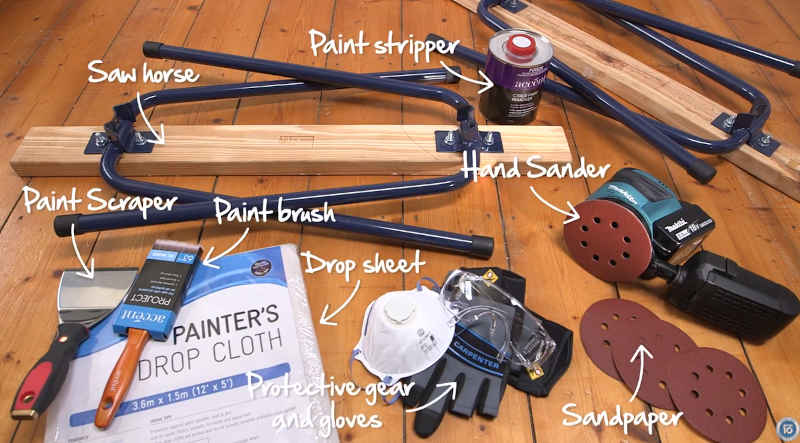
- Timber door
- Drop sheet
- Paint brush
- Paint scraper
- Saw horses
- Paint stripper
- Cling wrap
- Sand paper
- Hand sander
- Protective gear & gloves
Pro Tip: Save yourself from tears and find out if the wood is worth exposing, strip a test patch. Often if the wood grain is worth exposing the bottom layer will be varnish.
Pro Tip: Concerned about lead based paint? Read this guide on working with lead based paint from the QLD state government
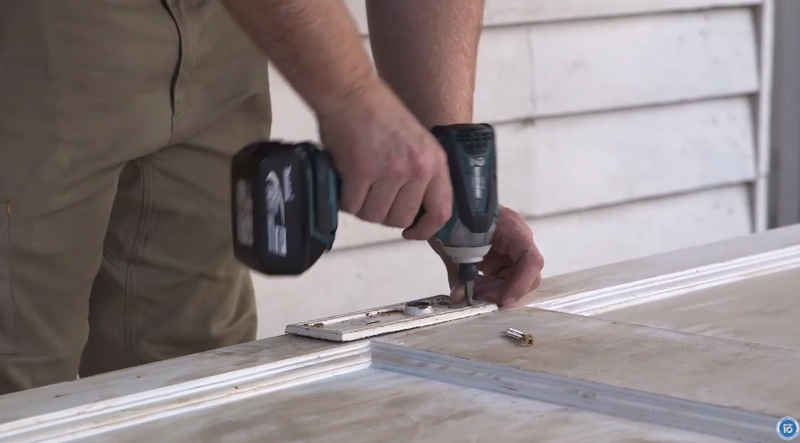
Step One – To start, move the door into a well-ventilated area and remove all hardware handles and hinges.
Pro Tip: Keep all of the hardware together in a zip lock bag and store it in your tool box or a safe place to avoid losing any pieces
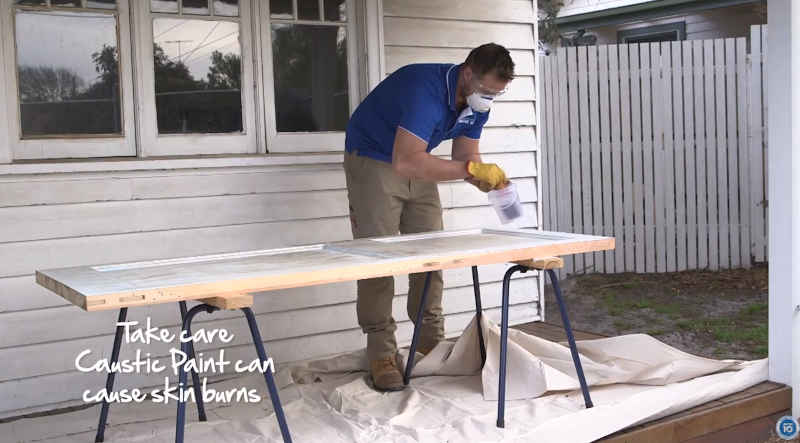
Step Two – While wearing gloves, mask and safety glasses, brush on the paint stripper and cover all areas with a 2 to 3 ml fill. For wait times refer to the product instructions as these will vary.
Pro tip: Dealing with an old door with decades of paint layers? Some people apply a layer of cling wrap or plastic over the door after applying the paint stripper to keep it moist and let it sit for 1-2 hours.
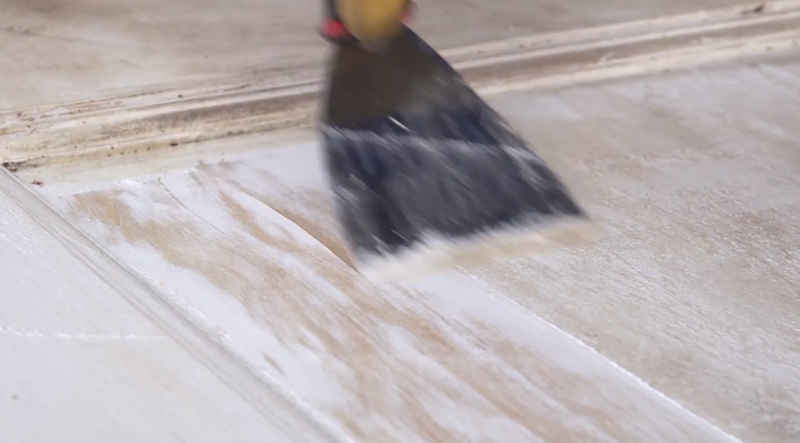
Step 3 – After the waiting period scrape off the paint and paint stripper with a paint scraper. A good indicator that the paint stripper is working is you will see the paint blistering.
Pro Tip: A small light wire brush or steel wool and mineral spirits can help remove paint from detailed areas.
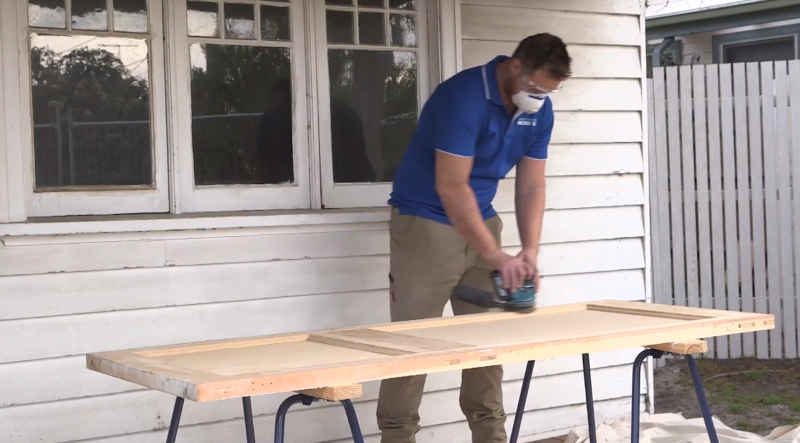
Step 4 – Allow the door to fully dry and finish removing any left over paint with a hand sander, going through the grades from coarse to fine.
Pro Tip: It’s best to start sanding only after you have stripped both sides of the door and edges.
Step 5 – For a professional finish, a lacquer is recommended
Pro Tip: After all that work, don’t cheap out on the finish and regret it later. Choose a quality product. View the range from Dulux here



